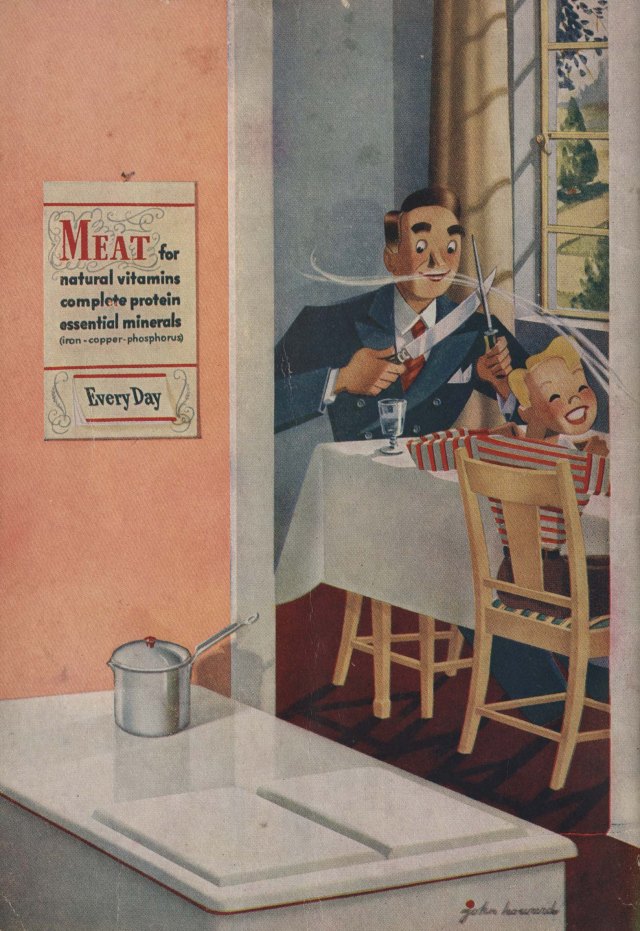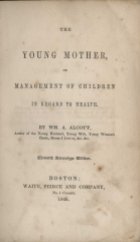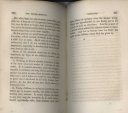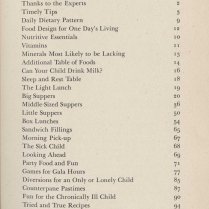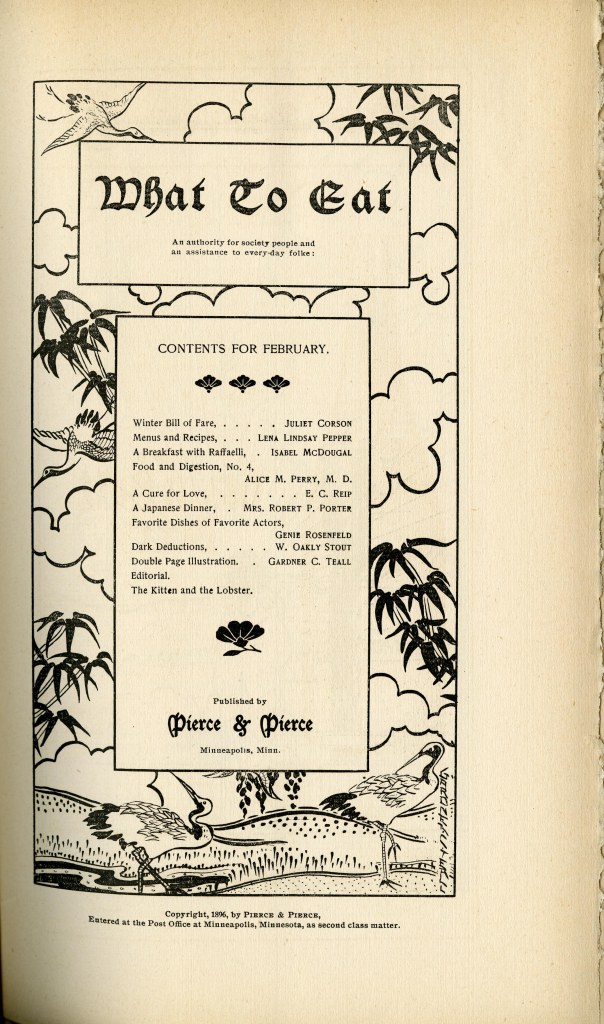Next week, your archivist & blogger Kira will be teaching an information session in Special Collections. More specifically, it’s for a class focused on mother, child, and infant nutrition and feeding. While I know we have more than 400 books in the Ann Hertzler Children’s Cookbook and Nutrition Literature Collection, as well as other materials in the History of Food & Drink Collection at large that address these topics, it’s the first time I’ve gone digging for extensive research or instruction purposes. And I’ve discovered some fascinating items. Some stand out for their obvious content, like the 1917 Baby’s Welfare: Proper Care and Feeding or the 1846 The Young Mother: Or Management of Children in Regard to Health. Others are more “recipe” oriented, like the 1950 The Body Building Dishes for Children Cook Book or this week’s feature, the 1956 Recipes for Toddlers.

Recipes for Toddlers, 1956

Introduction

Mother-Infant Menus

Beverages

Vegetables, Luncheon or Supper Dishes

Cookies and Quick Breads, Frozen Desserts

Product List (back page)
Sometimes, it’s just pure serendipity that leads one to a…let’s call it “unique” recipe. I picked up Recipes for Toddlers and opened it, completely by chance, to page 9 (above). My eyes zoomed in on “Meat-Milk Shake” (and the next 5 minutes were lost to me horrifying colleagues). Now, while it would be VERY easy to spend a paragraph making fun of a beverage like this, especially one for children, I’m going to resist the temptation and I’ll even do so with as much ease as I would show in avoiding an actual “meat-milk shake.”And for a good reason. Even in the case of recipes we might question in the modern age (or a 17th century recipe for “Snail Water” that might be questioned in the 19th centuries), there is a purpose to the idea of a “meat-milk shake”–a purpose that isn’t solely about Gerber Baby Food selling jars of beef liver or veal flavored strained meat. (Though that most certainly plays a role from a marketing and corporate perspective.)
No, what we’re talking about is nutrition and finding ways to get children and infants–in this case, toddlers–to eat and to preferably eat well. A “Meat-Milk Shake” actually accomplishes two important food groups at once: meat and milk. Which leads us to a diversion in the history of USDA food groups…
In the more recent decades, we might think of the variations on the food pyramid. But before the pyramids, nutrition was a little more circular (think “wheels”). The first wheel released by the USDA in 1943 had 7 food groups, including one for butter and fortified margarine. In 1956, the same year Recipes for Toddlers was published, the USDA released a new chart with the “Basic 4” (milk, meat, vegetable-fruit, and bread-cereal groups–butter was sent packing). In 1980, a new wheel was released that included some old favorite groups and some new ones. It wasn’t until 1992 that the first pyramids appeared, and in 2011, those were replaced with the “myPlate” concept. In a way, we’ve come full circle (pun intended) and we’re back to a round shape, albeit no longer an actual wheel, helping us make dining decisions. (If you’d like to see some visuals, check out this great post from WFSU!) But, back to 1956 as we finish up…
Our revised edition of Recipes for Toddlers was published in 1956, but it first appeared in 1950 (and later in 1959), which puts it square in the era of transition from the 7 group wheel to the 4 group “Basic” square. And our “Meat-Milk Shake,” quite literally, kills two birds with one stone, creating an easy and efficient way to get a toddler to eat protein, dairy, and meat. The malted milk powder, chocolate malt powder, chocolate syrup, or brown sugar may be a bribe in the end, but it’s fair to say that liver and bacon flavor might just need an extra boost. Of course, not all the recipes in this booklet are as unique, either, but there is definitely a continued emphasis on nutrition. Even the desserts are light on sugar, heavy on fruit, and include substitutions like evaporated milk (for fattier cream).
One of the important points this publications reminds us of is that, especially when considering a historical item, we need also think about it in context. Whether a “Meat-Milk Shake” or a “Jellied Fruit Salad,” Recipes for Toddlers reflects the nutrition hopes and expectations of its time. And it might even teach us a lesson or two with its pages on the significance of mother-toddler meals and starting good habits young.










